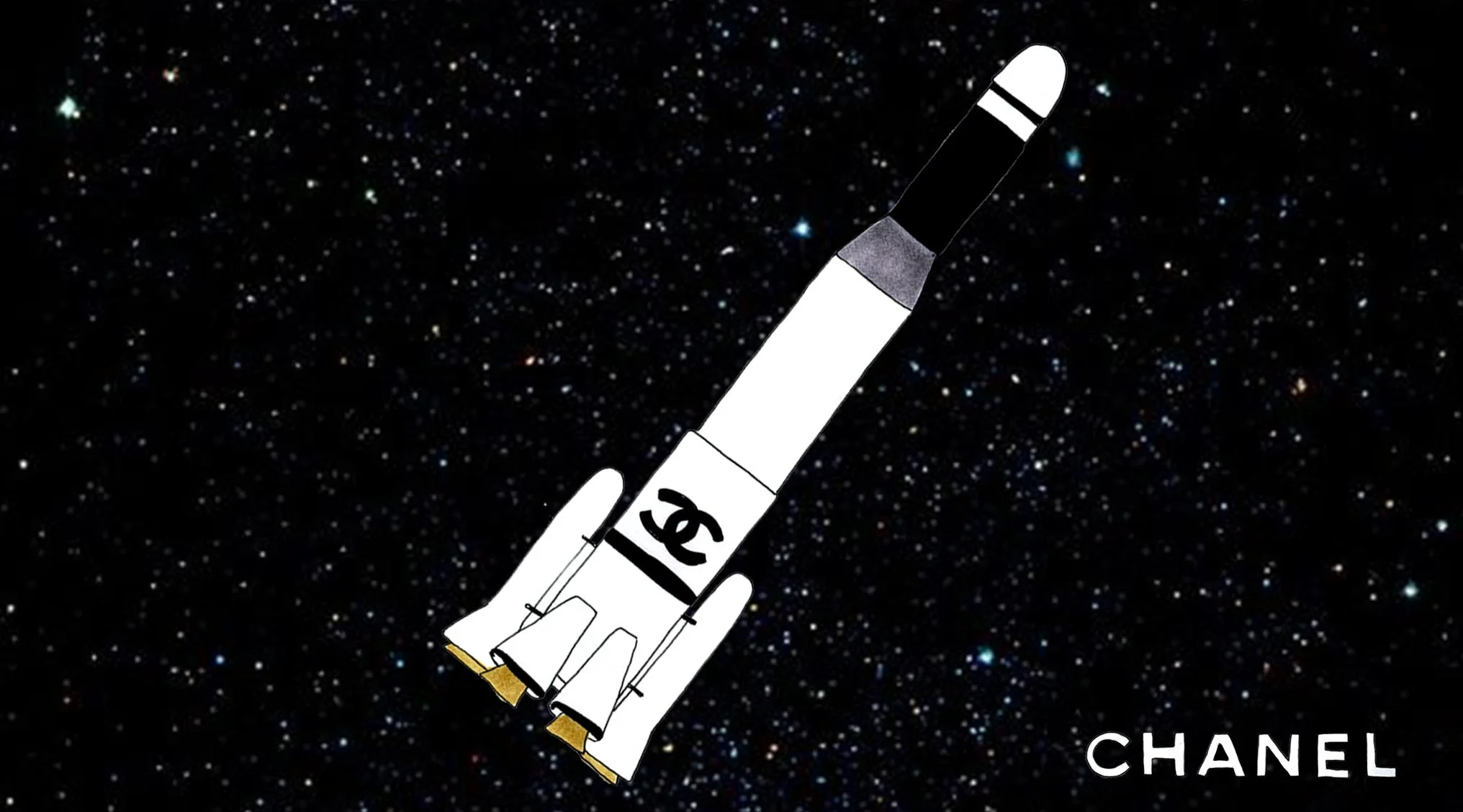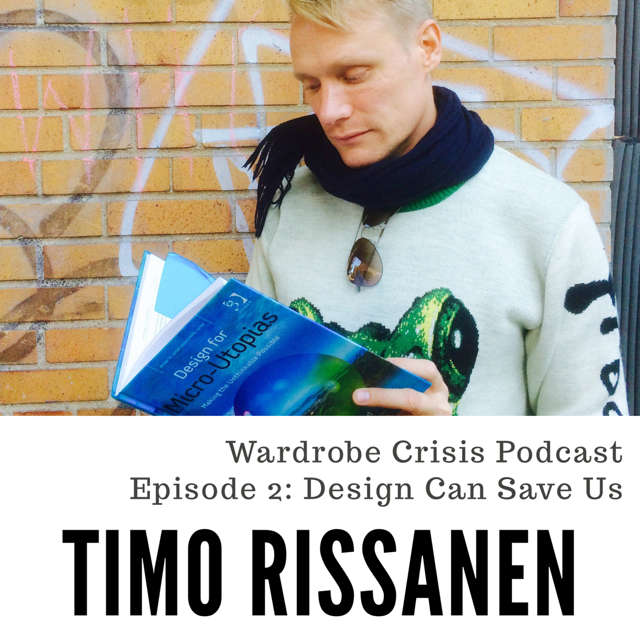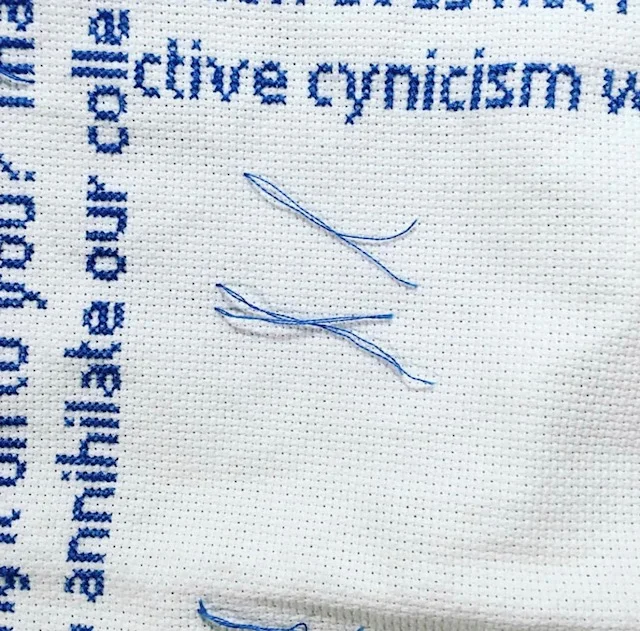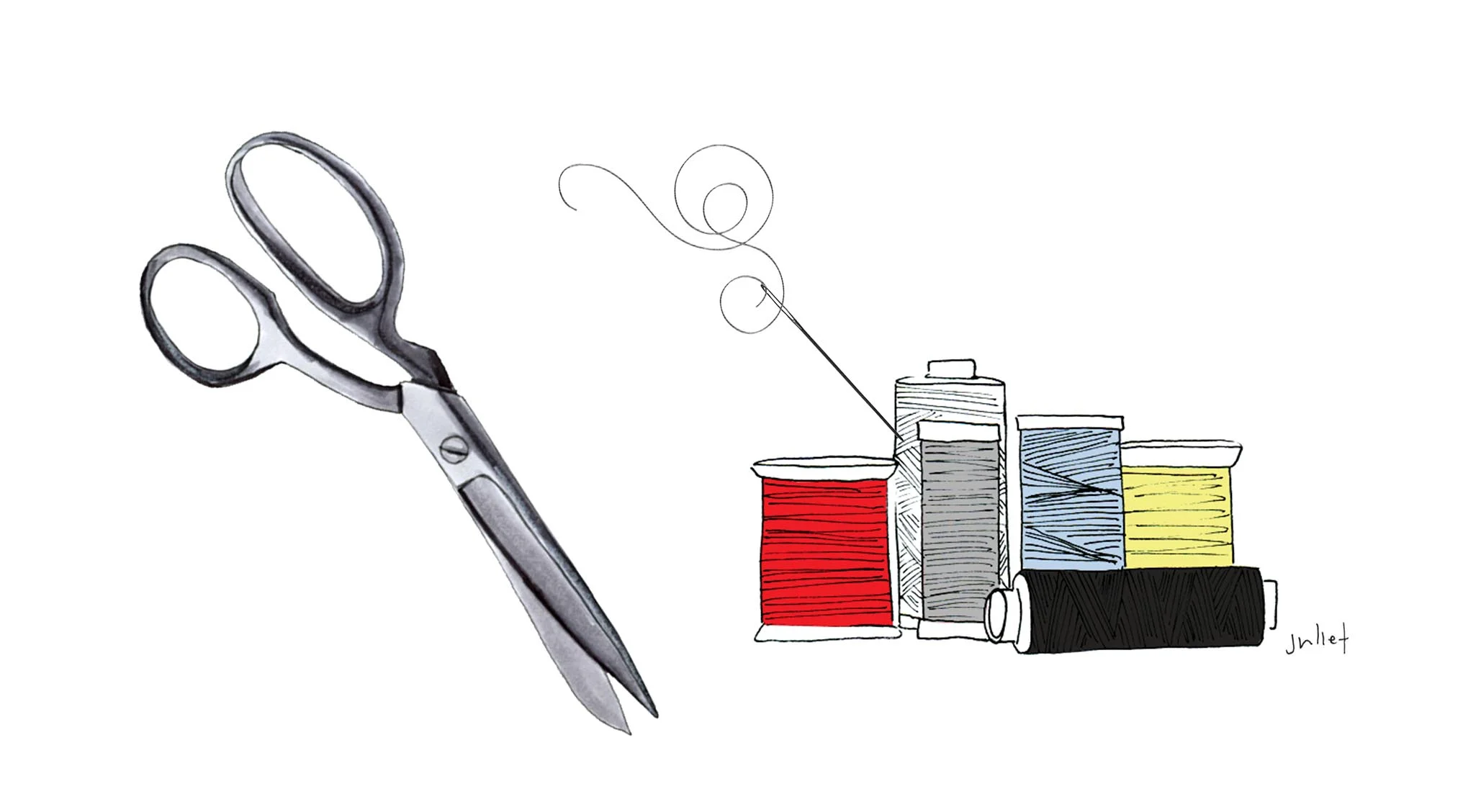Photograph by Jackson Mann
If you've listened to this Episode on iTunes already, welcome to the SHOW NOTES. If you haven't heard it yet, scroll down to LISTEN HERE:
EPISODE 2 FEATURES TIMO RISSANEN...
Timo Rissanen is a legendary fashion educator and design-for-sustainability pioneer. Former Assistant Professor of Fashion Design and Sustainability at PARSONS NEW YORK, he is now associate professor and course director of Fashion and Textiles at UTS in Sydney.
Timo is an expert in ZERO-WASTE FASHION DESIGN, as well as a cross-stitch artist currently stitching a letter to humanity to be read 100 years from now. Oh, and he's a birdwatcher…
Timo teaches his students to rethink traditional ways of approaching design to consider the entire lifecycle of a garment, and factor in reducing waste from the outset. But it’s not just about cutting waste from initial design...Of approximately 80 BILLION GARMENTS produced every year, about 1/3 are sold full price, 1/3 on sale, and 1/3 are never sold. Much of this surplus is destroyed. In this Episode, Timo argues that we must conquer our cynicism and use our CREATIVITY to find solutions. THE FASHION INDUSTRY, which he describes a ‘seemingly grotesque, wasteful, deadly’, is also a source of endless possibility.
Illustration by Juliet Sulejmani for Wardrobe Crisis.
LINKS TO MAKE YOU THINK....
Timo has been cross-stitching a letter to humanity to be read 100 years from now. He's been writing poetry since he was a kid, and these stitched works provide him with "a counterbalance to academic writing" while forcing him to SLOW DOWN. See more of his work here and on his Instagram.
Fancy checking out some birds? Here's the link for Timo's beloved Kakapo Recovery Project.
WHAT IS FASHION GOOD FOR? YOU SO NEED TO read TIMO'S ESSAY FOR ONE QUART MAGAZINE.
and now...IT'S TIME FOR A DONUT clearly...
Everybody (including George Monbiot) is talking about Kate Rawath's DONUT ECONOMICS, which she introduces like this: "Humanity’s 21st century challenge is to meet the needs of all within the means of the planet. In other words, to ensure that no one falls short on life’s essentials (from food and housing to healthcare and political voice), while ensuring that collectively we do not overshoot our pressure on Earth’s life-supporting systems, on which we fundamentally depend – such as a stable climate, fertile soils, and a protective ozone layer. The Doughnut of social and planetary boundaries is a playfully serious approach to framing that challenge, and it acts as a compass for human progress this century." Okay, so where's the SWEET SPOT FOR HUMANITY?
ANYTHING'S POSSIBLE... EVEN A CHANEL SPACE SHIP...
Illustration by Juliet Sulejmani for Wardrobe Crisis.
A little light reading? The BOOK Timo mentions when we start talking about CYNICISM is Design for Micro-utopias: Making the Unthinkable Possible by John Wood.
"Pessimism is contagious," argues Wood. "In our sceptical, cynical world, it has almost become almost self-evident that miracles are unthinkable, impossible or both. Some things are said to be 'unthinkable' because they are too complex or counterintuitive to be understood (for example quantum physics). Others are unthinkable because we fear or dislike them...If you believe that 'unthinkable' is 'impossible', you are probably a cynic or a pessimist."
He also notes, "What pessimists see around them tends to confirm their worst suspicions so pessimism is self-perpetuating."
LET'S TALK... ZERO WASTE DESIGN
Timo Rissanen teaches fashion students to rethink pattern-making with reduced waste in mind
WASTE IN FASHION
1.Up to 15% of fabric is wasted when a garment is cut out.
2.It is very rare for fashion brands recycle these offcuts.
3.There are no figures for how much waste this amounts to globally per annum but we know it's A LOT. Think about it, we're making about 80 billion garments a year, and at least 10% of the fabric used to make them goes in the bin...
4. Ditto no figures on the practice of destroying excess fabric at the end of production so competitors can't get their hands on it, but anecdotally we know this is huge problem. Orsola de Castro tells a shocking story about witnessing this first hand in Chapter 18 of Wardrobe Crisis. When a brand orders 50,000 T-shirts, the factory will produce 70,000 in case there's a reoder she says. And if there isn't? They burn them.
5. We really, really haven't begun to solve our landfill fashion crisis yet. Australians send 500,000 tonnes of textiles and leather to landfill each year. According to the Environmental Protection Agency (EPA), in 2012 84 % of unwanted clothes in the US ended up in landfill or an incinerator.
6. Up to 95% of the textiles sent to landfill could be recycled.
Illustration by Juliet Sulejmani for Wardrobe Crisis.
NOW FOR SOME GOOD NEWS...
Tonlé is a zero waste fashion label based in Vietnam. They use combine creative pattern making with using remnant materials. But they don't stop there. "Our excess fabric strips are tediously hand cut and individually sewn back into yarn," they say. "The yarn is then knit and woven into new pieces; articles of clothing made from twice-recycled fabric." And the tiny-weeny scraps that can't be used this way? They mix it with recycled office paper and sticky rice to make their swing tags.
P.S.we love the internet
...Because on it, we found this pic of a fresh-faced Timo with this decidedly glam rock imbued jumpsuit he made from upcycled sequined Chux cloths. David Bowie (and Timo's mum) would approve.
The original satin shirts and flared trousers fan...We miss you Star Man.
Music credit: Thank you Montaigne who sang a special acoustic version of "Because I love You" just for us. It's from her album Glorious Heights.











